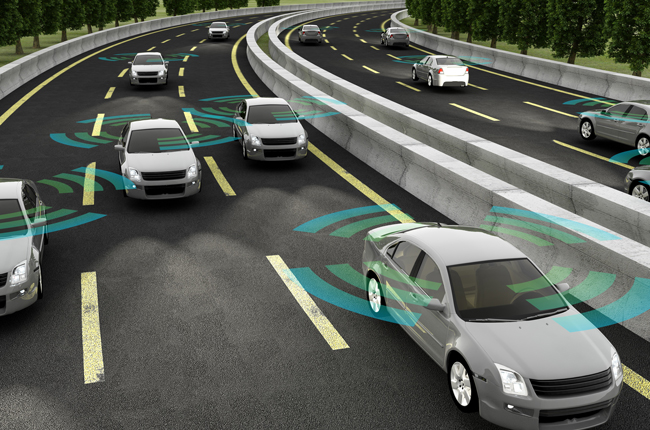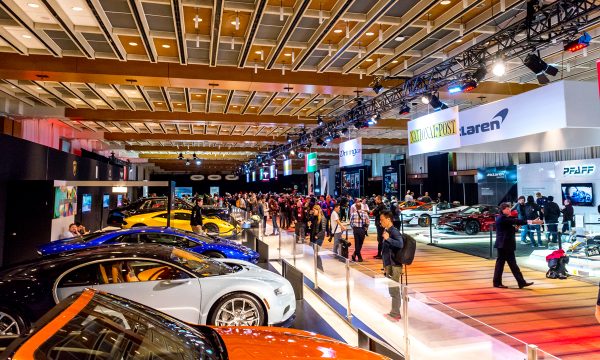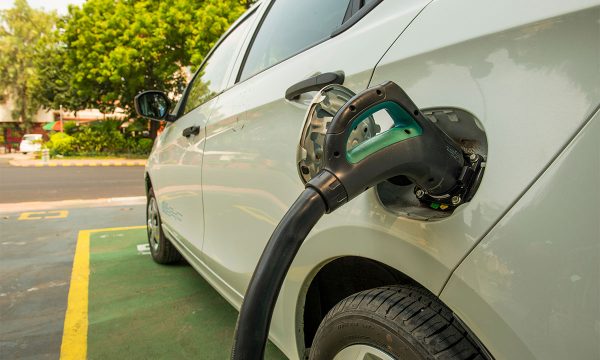
It’s anything but slow and steady for the introduction of new vehicle technology
It’s the new year, which typically means it’s time for prognostications about all we have to look forward to in the year ahead.
In terms automotive technologies, that’s usually not a difficult task because the development and introduction of such technologies is a slow, evolutionary and essentially linear process – or at least that’s the way it has been. Not so much this year! Rather, it’s as if someone has thrown a hand grenade into all we’ve come to accept as normal. It’s not just that the way technology develops is itself in turmoil. Recent political events even threaten to change the direction it is going in some serious respects. At the very least, it’s likely to diminish the momentum toward some currently-established goals.
For the past decade, for example, the singular most important driving force in vehicle design, world-wide, has been the goal of reducing fuel consumption and carbon-dioxide emissions – flip-sides of the same coin. It’s that quest that has driven the moves toward lightweighting, engine downsizing, turbocharging, and increasing levels of electrification, all of which are already embedded in today’s vehicle offerings. And it’s that goal that has accelerated the drive towards fully-electric and alternative-energy vehicles, such as those powered by hydrogen fuel cells, going forward.
The focal point of that movement has been regulation calling for fleet-average fuel-consumption of 54.5mpg(US) (4.3L/100 km) in the U.S. by 2025. Canadian regulations parallel those south of the border and European requirements, while different, are similar in direction and magnitude. That U.S. target is currently in the process of a mid-cycle review – an integral part of the standard as it was established in 2012 – to determine its ongoing feasibility. As this is written, the U.S. Environmental Protection Agency (EPA) has announced its intention to stick to its current requirements for the 2022-25 period, stating that an extensive technical analysis shows automakers on track to achieve them at similar or even lower costs than anticipated when the standards were issued.
But the EPA won’t formalize its position until June 2017, following which there will be a period for public comment. The auto industry, through its U.S. lobby group Auto Alliance, is already opposing maintenance of the proposed standards. And it’s not until April 2018 that the EPA is required to confirm its final decision. Given that the primary reason behind those regulations is the impact of human-induced Climate Change, and that the recently-elected U.S. president has publicly denied its veracity, there’s a high probability that the EPA’s position will change. Especially given that the new president has appointed a leading Climate Change skeptic to head his EPA transition team and gets to appoint a new EPA administrator as well. And that he has stated an intention to reduce regulation in general.
If that should happen, at the very least the pace of change along the present path will be curtailed, if not directionally altered. Not just in the U.S. and Canada but globally, for the importance of the American market, though now smaller than that of China, is still a driving force in automotive design around the world. There are other big technical issues in flux as well, not the least being the introduction of autonomous driving technology. That transition may also necessitate some political action.
What is not at issue is the fact that autonomous technology is coming – it absolutely is. The question is how and when it should be introduced and under what circumstances. On the one-hand, most traditional automakers are taking a metered – many might say responsiblle – approach to the introduction of autonomous features, taking one step at a time, ensuring their abilities are thoroughly proven before putting them in the hands of customers. In the words of Gill Pratt, CEO of the Toyota Research Institute, what’s needed is not just millions-of-miles of testing: “We need trillion-mile reliability,” he says.
At the far opposite extreme of that approach is auto-industry newcomer, Tesla, which seems to be taking a “damn-the-torpedoes” approach in order to claim first-to-market status with a fully-autonomous vehicle. Having just announced its ‘Enhanced Autopilot’ technology, Tesla CEO Elon Musk now claims the company will ofer SAE Level 5 – hands-off-the-wheel, eyes-off-the-road, set-your-destination and take-a-nap-behind-the-wheel – autonomy by the end of 2017. Right now, it’s a “wild west” scenario for autonomous vehicles, with regulations left to individual states, provinces and municipal regions.
All of which means that the only thing we can really be sure of on the technology front is that 2017 will be an interesting year!










